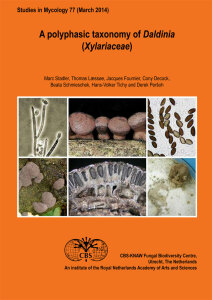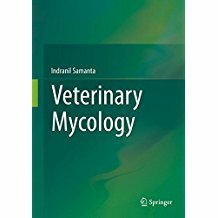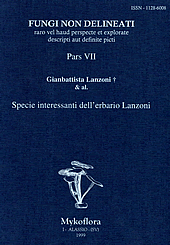Studies in Mycology No. 77 (2014)-A polyphasic taxonomy of Daldinia (Xylariaceae)
€65.00 included CZ VAT
€65.00 without VAT
|
Country | % VAT (books) | % VAT | |
|---|---|---|---|
| DEU | 7 | 19 | |
| HUN | 5 | 27 | |
| AUT | 10 | 20 | |
| BEL | 6 | 21 | |
| BGR | 9 | 20 | |
| DNK | 25 | 25 | |
| EST | 9 | 20 | |
| FIN | 10 | 24 | |
| FRA | 5,5 | 20 | |
| HRV | 5 | 25 | |
| IRL | 0 | 23 | |
| ITA | 4 | 22 | |
| CYP | 5 | 19 | |
| LTU | 9 | 21 | |
| LVA | 5 | 21 | |
| LUX | 3 | 16 | |
| MLT | 5 | 18 | |
| NLD | 9 | 21 | |
| POL | 5 | 23 | |
| PRT | 6 | 23 | |
| ROU | 5 | 19 | |
| GRC | 6 | 24 | |
| SVK | 10 | 20 | |
| SVN | 5 | 22 | |
| ESP | 7 | 21 | |
| SWE | 6 |
25 |
The price is valid for Czech customers only. Due to a new regulation of the European Parliament the final price must be calculated according to the country of final destination starting from 1st July 2021. Please take a look at the chart above for valid VAT rate in your country.
https://ec.europa.eu/taxation_customs
Warranty (months) 24
Availability 14 days
The present study presents a monograph of Daldinia, employing a polyphasic approach. Several thousand herbarium specimens, and several hundreds of freshly collected and cultured specimens of Daldinia and allied Xylariaceae, originating from around the world, were studied for morphological traits, including by SEM, and chemically by HPLC profiles using UV visible and mass spectrometric detection.
Six new species of Daldinia from the tropics and the Southern Hemisphere are described. Daldinia asphalatum is resurrected, and D. cudonia is regarded as its synonym. In addition, the following binomials are typified: Daldinia asphalatum, D. caldariorum, D. clavata, D. cuprea, D. durissima, D. eschscholtzii, D. grandis, D. loculata, and D. vernicosa. Annellosporium and Versiomyces are regarded as synonyms of Daldinia. Many new synonymies in Daldinia are proposed, and some previously published names are rejected. In total, 47 taxa in Daldinia are recognised and a key is provided. Their biogeography, chorology, and ecology, as well as the importance of their secondary metabolites, are also discussed.
Daldinia is segregated into five major groups based on phenotypic characteristics. A preliminary molecular phylogeny based on 5.8S/ITS nrDNA was found to be in agreement with the above-mentioned segregation of the genus, based on morphological and chemotaxonomic evidence.
Interestingly, these phylogenetic findings correlate with chemotaxonomic characters to a great extent, especially regarding the distribution of marker metabolites in their mycelial cultures. Hence, the current study revealed that fungal secondary metabolite profiles can have taxonomic value beyond the species rank and even coincide with phylogenetic data.

 english
english



